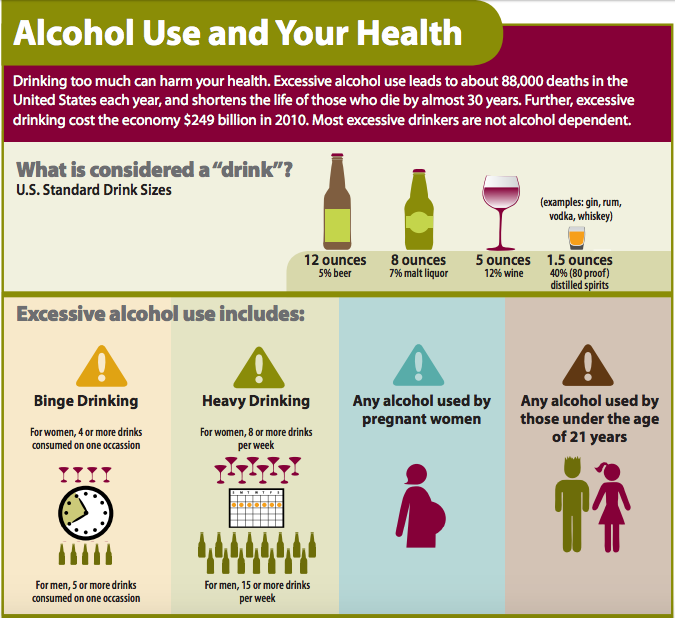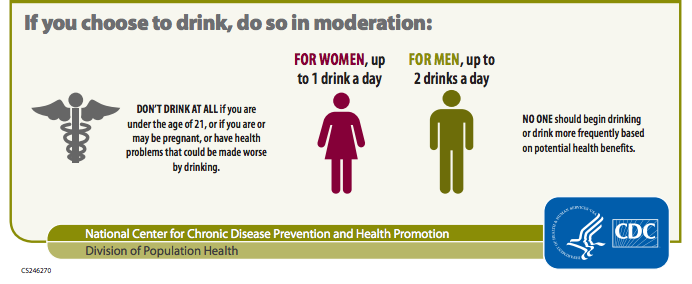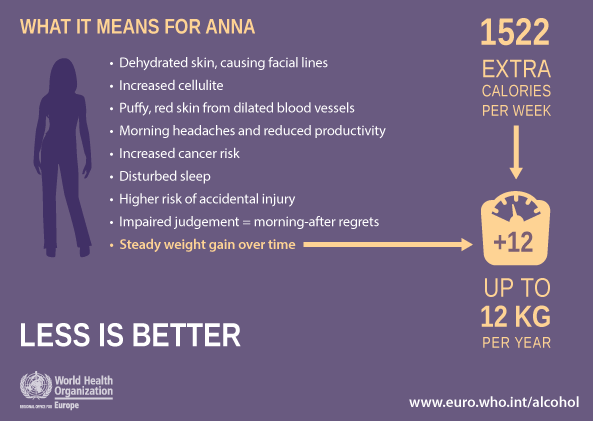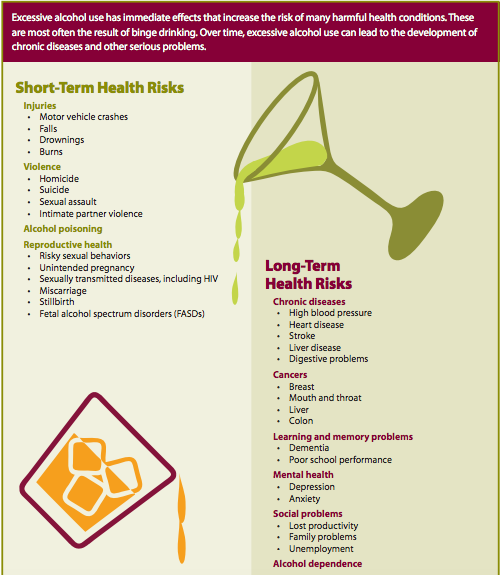The Thriving Youth Task Force and The Community Fund of Darien must be commended for providing reliable information about the dangers of excessive alcohol consumption.
____________

Dr. Jamie Roach-Murray, speaking at the “Building Family Resilience” panel discussion recently in New Canaan.
Editor’s note: This commentary by Dr. Jamie Roach-Murray of Darien, who has been a practicing pediatrician in Darien and now concentrates on public health and health policy. It was submitted as a letter to the editor by the Thriving Youth Task Force, of which she is a member.
Darienite.com is treating this as an op-ed, adding subheadings, weblinks and images. At the bottom, we’ve added a video of a recent panel discussion in New Canaan where Roach-Murray spoke.
____________
Excessive alcohol consumption is the third leading cause of preventable death in this country, and a known risk factor for chronic disease. Excessive alcohol consumption is defined as binge drinking, heavy drinking or any drinking by pregnant women or people younger than 21 (CDC).

Research consistently demonstrates that both the long and short term negative health effects of alcohol consumption are partially dependent on the age at which drinking begins (NIAAA), and that “alcohol causes more damage to the developing brain of teenagers than was previously thought, injuring them significantly more than it does adult brains.” (Butler, NYT).
“Alcohol consumption is a social behavior, something people learn from, and practice with other members of their culture (family, peers). Consequently, the drinking behavior of adolescents and young adults in any country or culture is related to the drinking behavior of the whole population.” (NIAAA).

Both societal norms on drinking and teen culture, as well as parental drinking behavior influence adolescent alcohol consumption. Teens are less likely to drink when their parents model responsible drinking and inform them of the detrimental effects of alcohol consumption on the teen brain. However, when a culture of excessive alcohol intake is tolerated, adolescents follow suit.
Teen Drinking In Europe

An online brochure from the World Health Organization
The prevailing myth is that Europe has it “right” and that lowering the drinking age would result in fewer teens binge drinking. Alongside with this myth is a commonly held belief that parents can and should teach their teens how to drink alcohol, as if this will lead to safer drinking behavior.
Yet European teens do not actually drink more responsibly than those in the U.S.
- In the U.S., the average age of first-time alcohol use is 13, compared to European countries where more than half of 11-year-olds have already tasted alcohol (NIAAA).
- 41% of 15-16 year olds in the U.S. report having never used alcohol, while only 12% report having used alcohol frequently (at least 40 times) (YRBSS). In comparison, in multiple European nations, more than 45% of 15-16 year olds report frequent alcohol consumption, and more than 20% report drinking to intoxication.
- 35% of 15-year-olds in Europe report heavy episodic drinking (more than five drinks at least once in the last 30 days) versus 15.1% of U.S. 10th graders and 11.4% of Connecticut 10th graders.
- 47% of 15-year-olds in Europe report current alcohol use (at least one drink in the last 30 days) versus 29% of 10th graders in the U.S.
- “The absolute majority of the 17-18 year olds in numerous European countries have been drunk at least once,” whereas one in four U.S. 12th graders report the same (ESPAD, YRBSS).
The World Health Organization reports that the EU has the highest rate of alcohol consumption in the world, more than double that of the world average, with the majority of European countries consuming more alcohol than the U.S.
Even in countries where heavy drinking and public drunkenness are avoided, and binge drinking rates are lower across all ages, they are still higher than in the U.S.
Europe truly does not appear to have it “right,” which is why the EU, like the U.S., is actively combatting this public health issue. We all want what is best for our kids. When it comes to alcohol, what is best is to delay onset of use for as long as possible.

Second part of the World Health Organization graphic
12 kilograms is 26.5 pounds.
Sources:
Youth Risk Behavior Surveillance Survey (YRBSS) [Youth Risk Behavior Surveillance System], the European School Survey Project on Alcohol and Other Drugs (EPSAD), the World Health Organization (WHO), the Center for Disease Control (CDC), and the National Institute on Alcohol Abuse and Alcoholism (NIAAA).
(1) “Fact Sheets – Alcohol Use and Your Health,” Centers for Disease Control and Prevention. Centers for Disease Control and Prevention, 25 July 2016. Web. 07 Mar. 2017.
(2) Ahlström, Salme K., and Esa L. Österberg. “International Perspectives on Adolescent and Young Adult Drinking,” National Institutes of Health. U.S. Department of Health and Human Services, n.d. Web. 07 Mar. 2017.
(3) Butler, Katy. “The Grim Neurology of Teenage Drinking,” The New York Times. The New York Times, 03 July 2006. Web. 07 Mar. 2017.
(4) Anderson, Peter, Møller, Lars, and Gauden Galea. “Alcohol in the European Union,” Rep.: World Health Organization, 2012. Web.

_________________
Video: Building Family Resilience in a World of Booze, Bongs & Benzos
Editor’s note: Roach-Murray was introduced at the 17:00 mark and spoke until about the 28:45 mark. She was among the panelists answering questions at the end of the meeting (our article is here). She later wrote to Darienite.com to revise some statements made on the video:
I made a statement about the number of deaths in the European Union attributed to alcohol. The correct statistic is the following:A third of a million 15 – 16 year olds report engaging in fights due to their own drinking (From the Cochrane Review)“The WHO European Region has the highest proportion in the world of total ill health and premature death due to alcohol.” Link1 in 4 deaths among young men ages 15 – 29 and 1 in 10 deaths about young women in the EU are alcohol related, according to the World Health Organization.
Building Family Resilience from Darien TV79 on Vimeo.
_________________
See also:
— The OurDarien.com micro-site of the Thriving Youth Task Force —
- Teen Drinking & Binge Drinking: Dr. Frank Bartolomeo’s Perspective (March 9)
- Teens Have Died from Binge Drinking in Darien: Police Officer at Panel Discussion (March 8)
- Drinking in Darien: Former School Resource Officer James Palmieri’s Perspective (March 8)
- Binge Drinking Hits Close to Home: Some Things Darien Parents and Teens Should Know (March 6)
- What Happens When Darien Police Visit an Under-Age Party with Alcohol (Feb. 21)
- Experts Offer Parents Tips on Building Resiliency, Respecting Kids While Holding Them to Standards (Feb. 19)
Editor’s note: The time stamp of this article has been changed for layout purposes on the home page and in the newsletter.


Pingback: When Cops Arrive and Teens Flee Boozy Party, New Haven Line Train Traffic Is Halted - DarieniteDarienite
Pingback: Mother of Teen Charged with Failing to Halt Alcohol Possession at Daughter's 18th Birthday Party - DarieniteDarienite